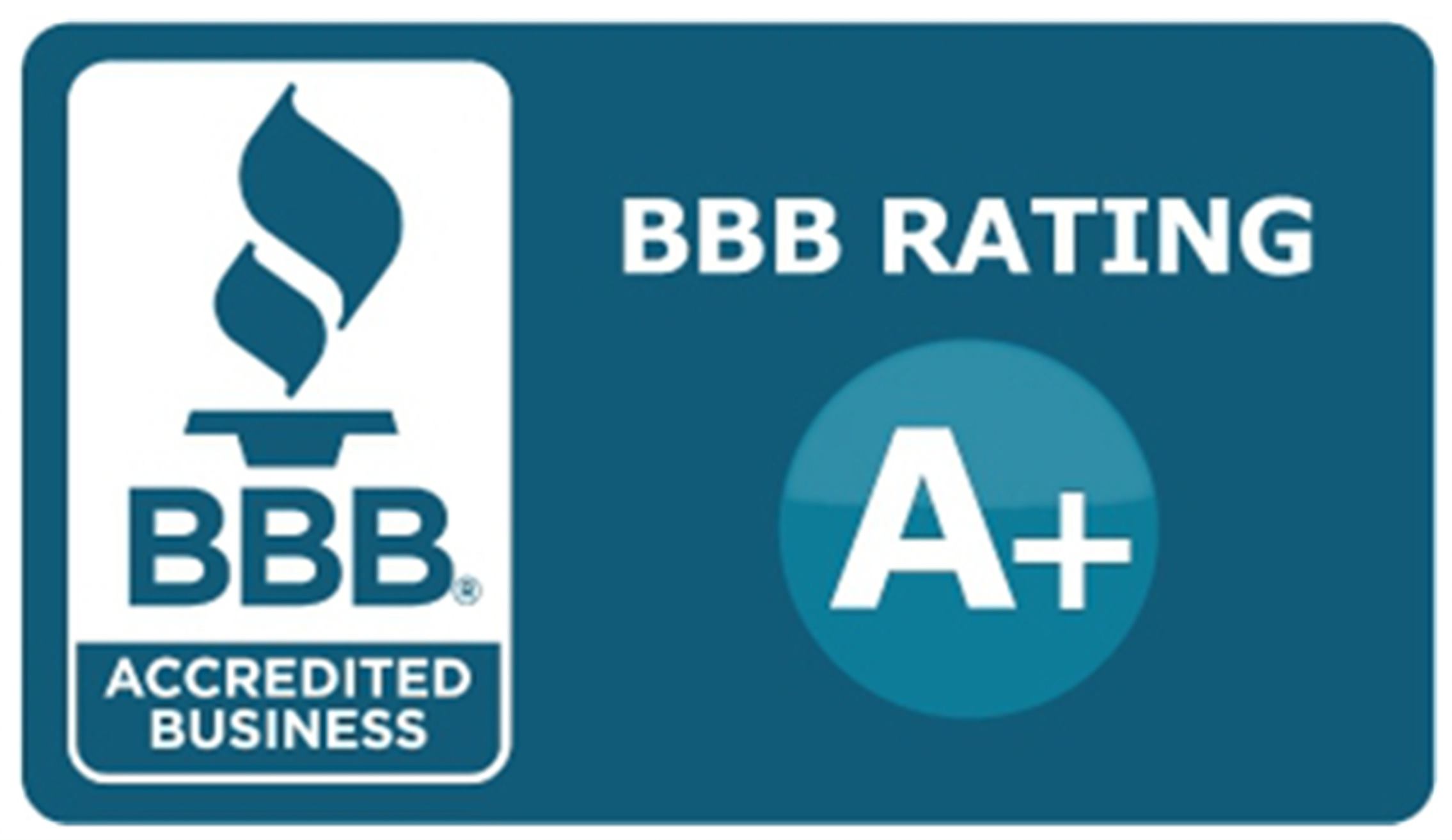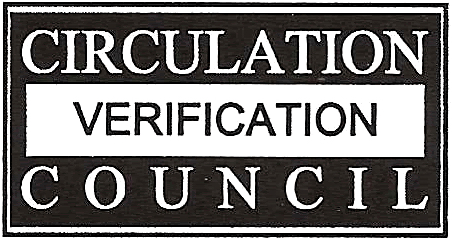How First Generation Hispanics Interact with Media
As generations of Hispanics living in the United States continue to increase, so, too, does their level of acclimation with American culture. This can be noticed in something seemingly as small as the language preference as “Immigrant Hispanics are most likely to be proficient in Spanish, but least likely to be proficient in English”[1] whereas “By the third generation, English use is dominant.”[1] The same holds true with their media preferences. Whether this means visiting websites that are Spanish-dominant, or even in the platforms that they are using to access the information there is a large difference in how marketers should be looking to market towards first generation Hispanics versus third+.
How Language Influences Media Preferences
Given that we’ve already pointed out that most first generation Hispanics are less likely to be proficient in the English language, it should come as no surprise that they are generally looking for content and entertainment in their native tongue, Spanish. However, it’s also important to note that even though their language preference maybe be tied to their heritage country, the amount of time in which a Latino immigrant has spent in the country can also later affect the language preference for media. In general, this takes around 15 years before the immigrants begin to incorporate more English language in their daily lives. [2]
 Noting this, it would also explain the gradual decrease in people watching Univision and Telemundo relating to First Generation Hispanics who had lived in the United States, from 70.0% and 68.2%, respectively, to 32.1% and 34.0% after having lived in America for more than 30 years. Conversely, channels such as ABC and FOX show continued growth within the same demo and timeframe. [2] This would also help offer a rationale for the Pew Hispanic findings, which, in stating that Immigrant Hispanics are less likely to be proficient in English, show that 40% of First Generation Hispanics prefer their television in Spanish, while the remaining percentage prefers both equally or mostly in English. There is also a noticeable increase in English preferred television when looking at the second generation Hispanics as only 12% prefer Spanish television and 17% prefer both equally. [1]
Noting this, it would also explain the gradual decrease in people watching Univision and Telemundo relating to First Generation Hispanics who had lived in the United States, from 70.0% and 68.2%, respectively, to 32.1% and 34.0% after having lived in America for more than 30 years. Conversely, channels such as ABC and FOX show continued growth within the same demo and timeframe. [2] This would also help offer a rationale for the Pew Hispanic findings, which, in stating that Immigrant Hispanics are less likely to be proficient in English, show that 40% of First Generation Hispanics prefer their television in Spanish, while the remaining percentage prefers both equally or mostly in English. There is also a noticeable increase in English preferred television when looking at the second generation Hispanics as only 12% prefer Spanish television and 17% prefer both equally. [1]
What Other Media do First Generation Hispanics Consume?
 As with most Hispanic trends, first generation Hispanics have already adapted to start getting content from online sources where they are specifically looking for Spanish language content that speaks to their culture, including topics like news, entertainment, and food. [3] However, the move to digital has not been as absolute as it has with other markets.
As with most Hispanic trends, first generation Hispanics have already adapted to start getting content from online sources where they are specifically looking for Spanish language content that speaks to their culture, including topics like news, entertainment, and food. [3] However, the move to digital has not been as absolute as it has with other markets.
As reported by Portada at the end of 2013, many Spanish language publications were actually still increasing their circulation. [4] While much was made about the large metropolitan dailies decreasing their circulation, including La Opinion who at one point was the largest paid Spanish daily in the United States, growth still was happening for the smaller publications who focused less on national news that was readily available for online consumption, but more on local events.
This growth was also noted at EC Hispanic Media’s own El Clasificado, who after starting 2007 at 240,000 weekly copies, increased to 500,000 copies in total in 2014. The total weekly distribution has remained stable ever since and is actually still examining areas for further growth.
[1] https://www.pewhispanic.org/2012/04/04/iv-language-use-among-latinos/[2] https://www.medialifemagazine.com/hispanic-tv-more-than-spanish-language/
[3] https://advertising.yahoo.com/Insights/INSIGHTS-MARKET-TO-HISPANICS.html
[4] https://www.portada-online.com/2013/10/21/analysis-why-are-hispanic-newspapers-in-san-diego-and-oc-expanding-circ/








